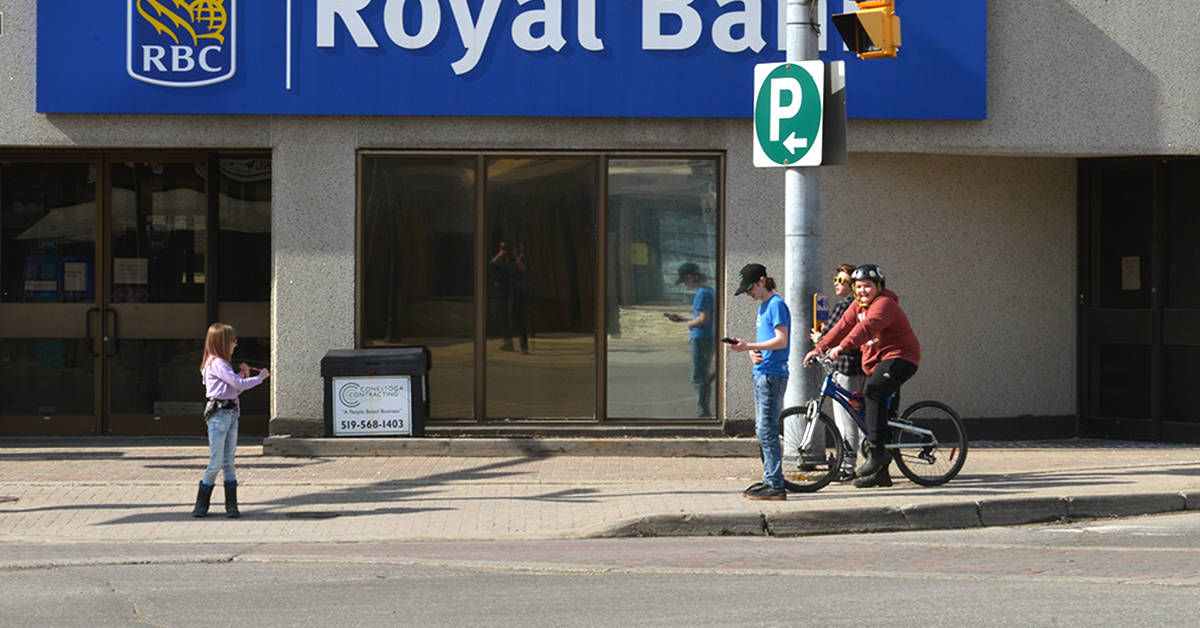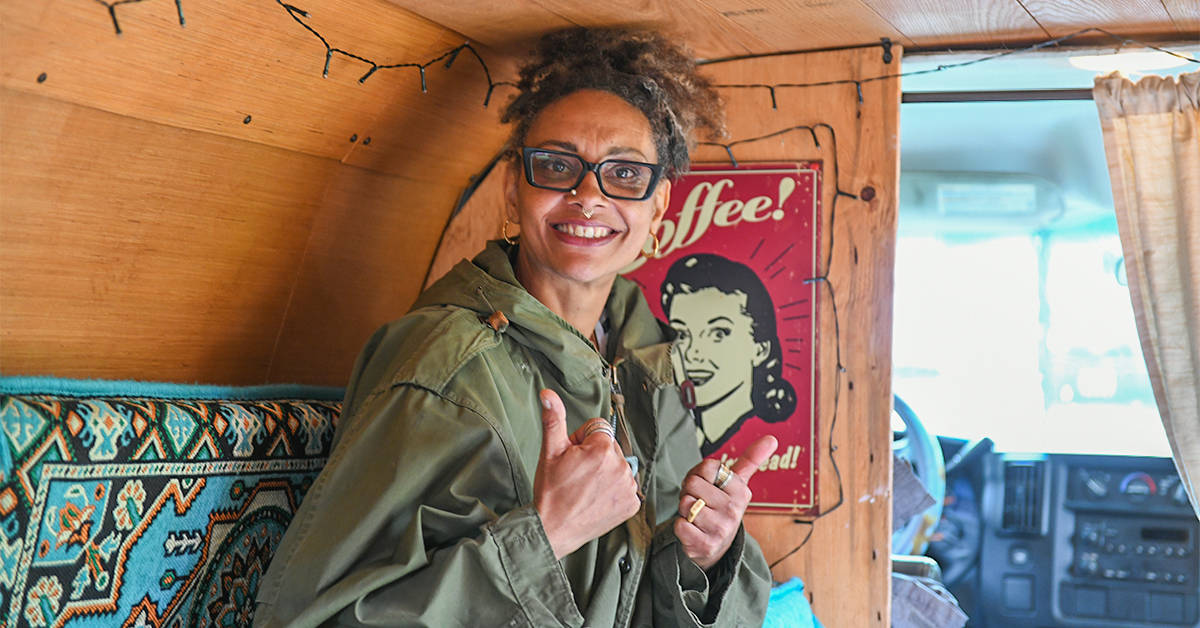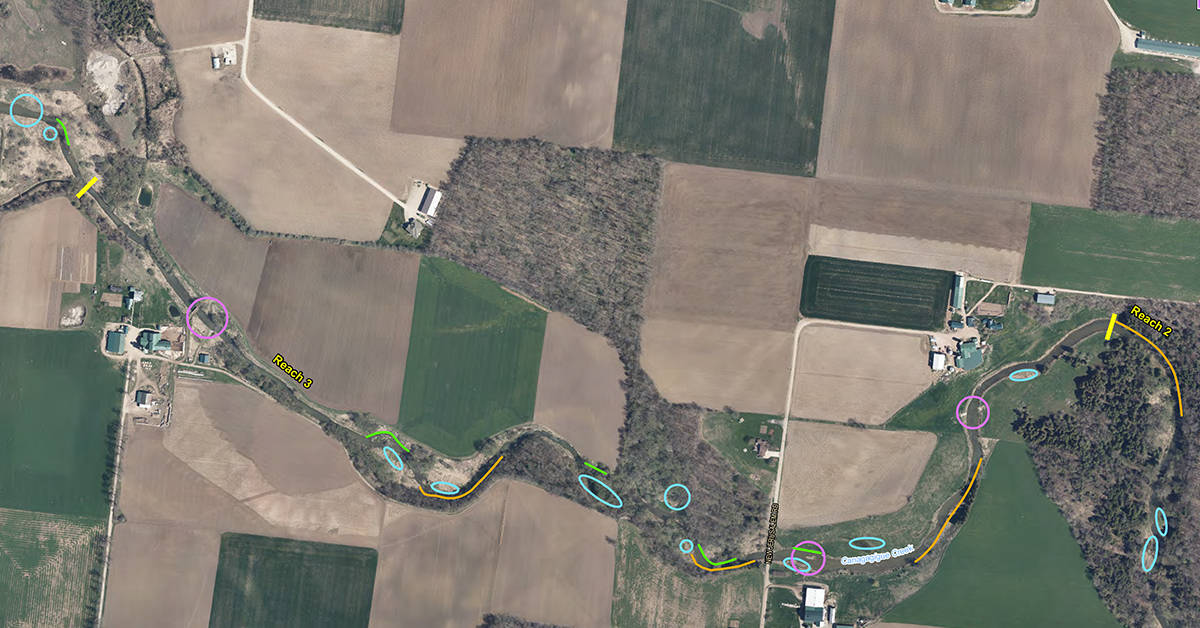There is work to be done when it comes to the wellbeing of youth in the townships and the region overall, say experts.
Allison Pearson, the manager of the Children and Youth Planning Table of Waterloo Region, and two colleagues presented to the township of Wellesley council last week and again Monday night at Woolwich council to look closer at the data of self-reported wellbeing by youth in the townships.
The survey was carried out between April and June 2021, and released in December. Last month the organization released the survey results analyzed according to the location of the respondents.
The survey included 1,074 youth ages 9 to 18. Geographically, the data is broken down into respondents from Cambridge, Kitchener, Waterloo and the townships, including North Dumfries, Wellesley, Wilmot and Woolwich.
Though the townships’ youth reported overall better levels of wellbeing than their urban counterparts in many areas, there are still issues to consider, said Pearson.
At last week’s meeting, Adan Imran, a paid youth connector who worked for the organization, presented a closer look at the survey results.
About one in three youth in the townships described their overall mental health negatively. While this was better than their urban counterparts, Pearson and Imran emphasized that youth mental health overall in the region has declined significantly in the last year since the previous survey in 2020.
Another troubling statistic presented was that almost four percent of township respondents reported they had experienced hidden homelesseness. Hidden homelessness is defined as being forced to live somewhere temporarily such as in a car or at a friend’s house because they have nowhere else to go.
“The [township respondents] who happened to be part of the survey, we know about one in 25 of them have experienced hidden homelessness,” said Pearson. “In a group of 25 young people, perhaps similar to a classroom, we could expect or we could imagine that there would be one that experienced hidden homelessness.”
As well, one in three township youth said they do not feel there are recreation and cultural facilities available that are easy to get to, said Imran.
Pearson says the next best steps to take are to have deeper conversations with young people.
“We’ve learned from both years [surveys 2020 and 2021] how much our young people want to talk to us about their well being,” she said. “We’ve received numerous thank-yous from young people and appreciation that someone is asking about their well being, is not making assumptions about their well being and are actually invested in the answers that young people share,” said Pearson.
“As a community, it’s important to ask our young people [how they are doing]. It doesn’t have to wait to be a survey like this. Anytime that we can ask our young people and genuinely listen to how they’re doing, will serve our community well.
“Some folks have found these survey results are a great conversation starter. So in sharing, you know, ‘hey, I noticed some young people in this survey responded like this, what do you think about that?’ That can sometimes open up some space for young people to share,” she said.
The Children and Youth Planning Table just finished hosting 18 sense-making conversations with young people to better understand the survey results and ask youth themselves about what meaningful action would look like. The results from these sessions will be released later this year, said Pearson.
The next survey is being planned for 2023.









